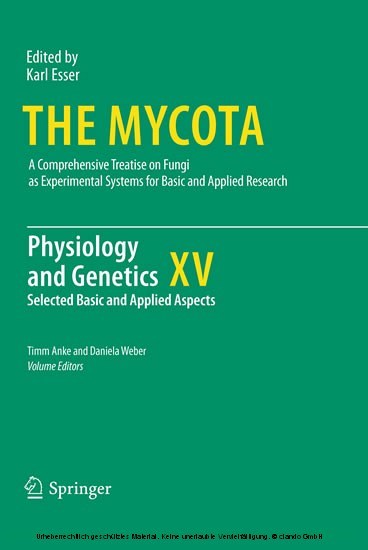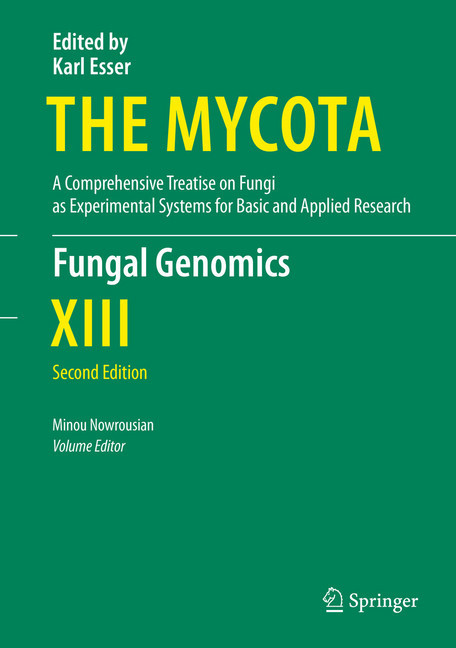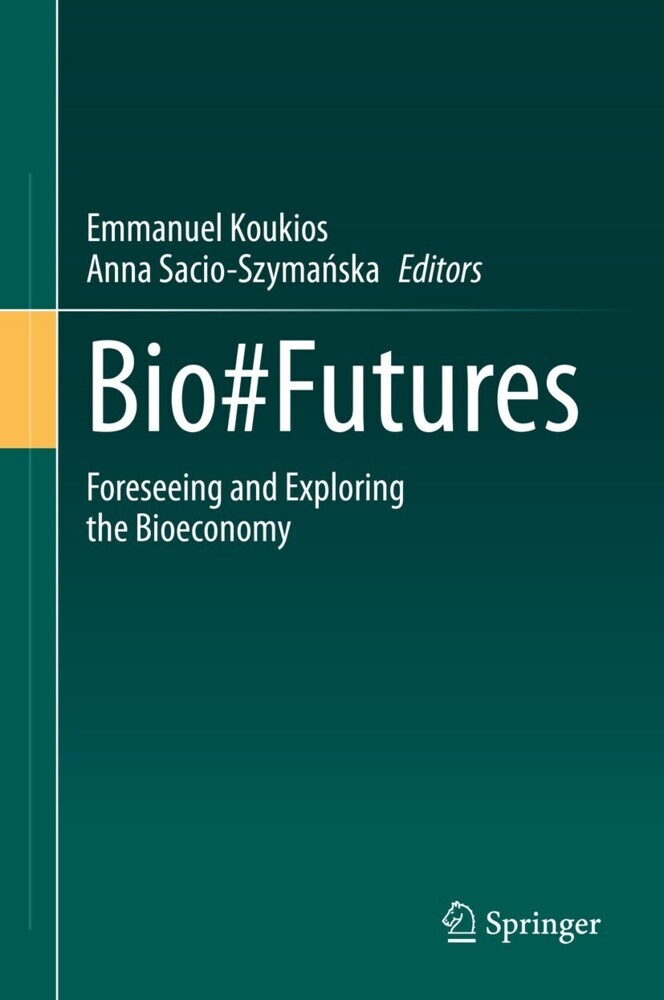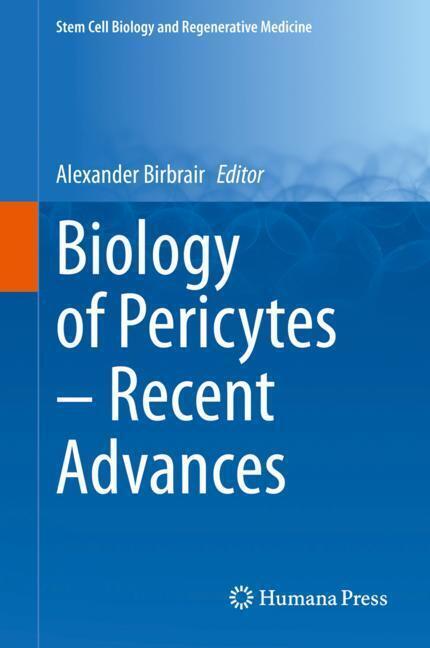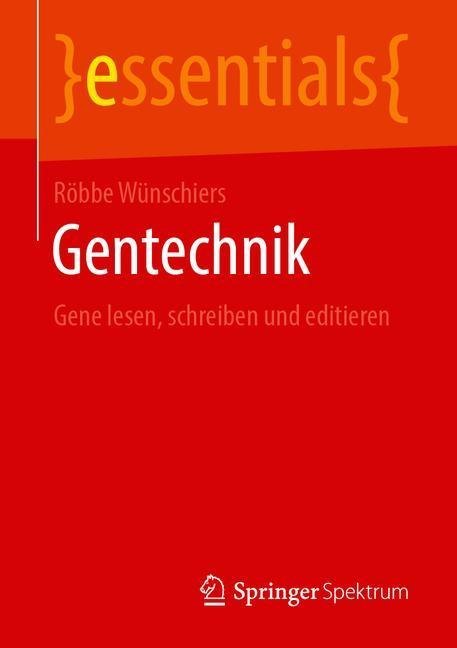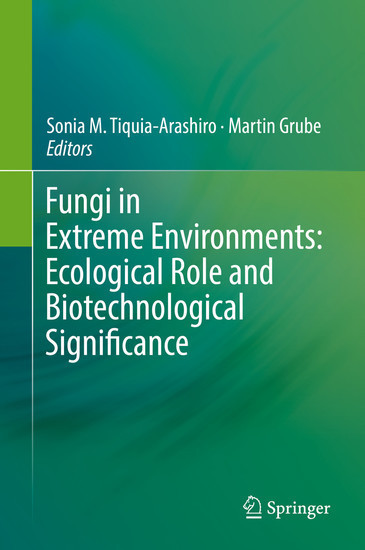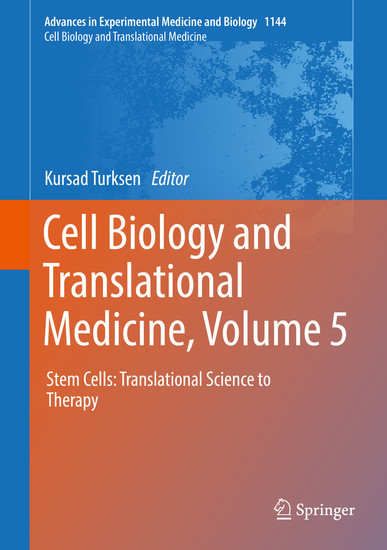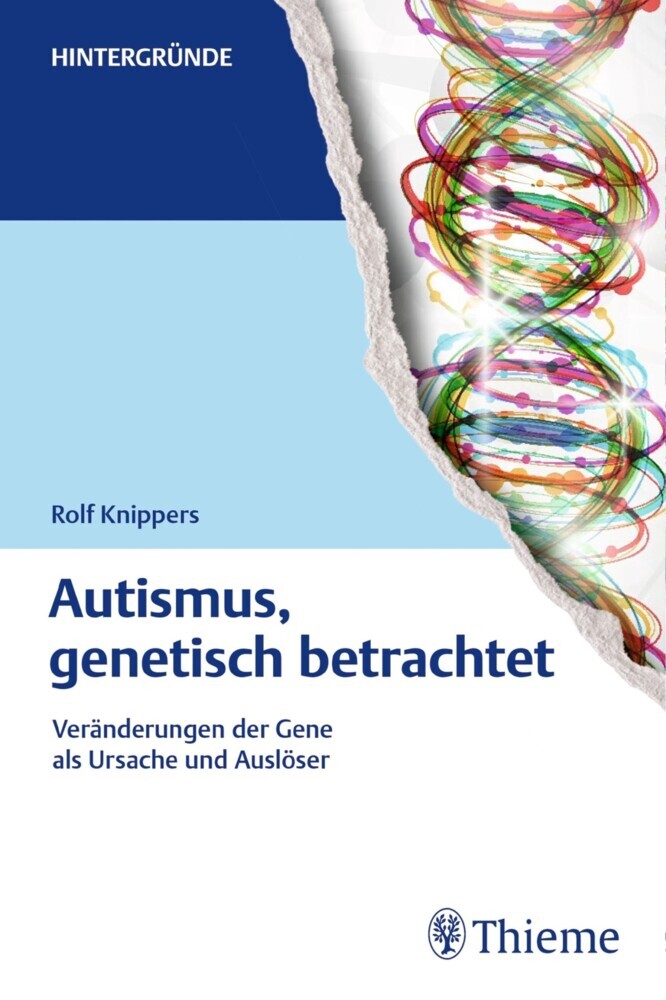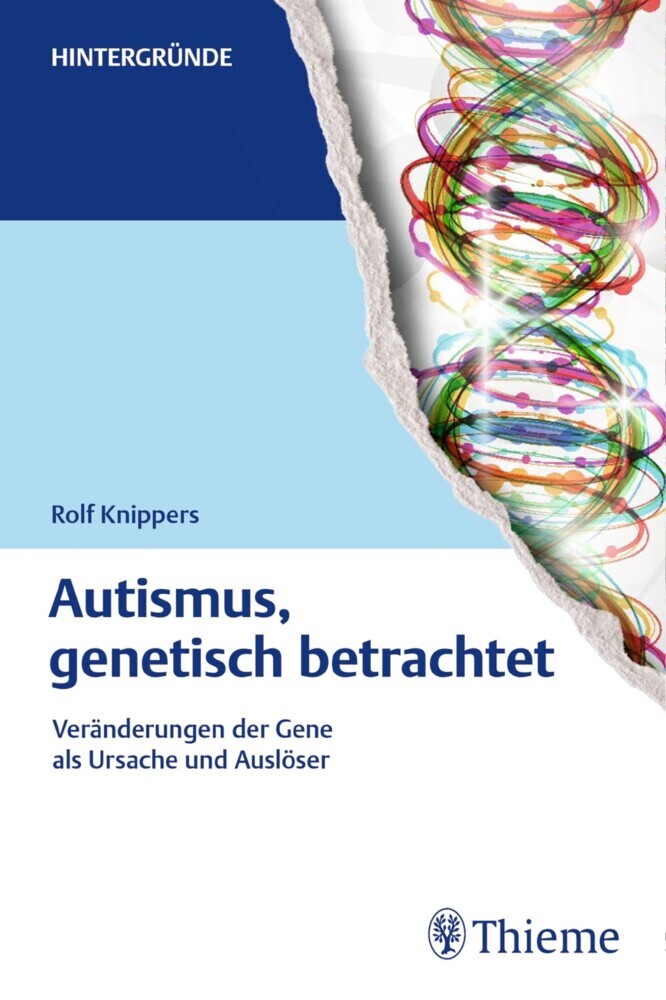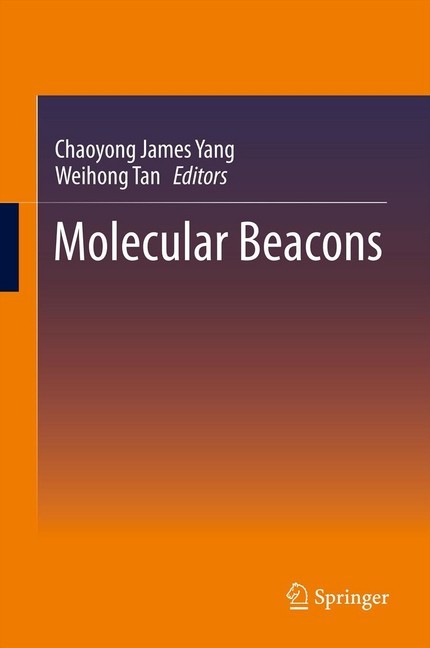Physiology and Genetics
Selected Basic and Applied Aspects
In the last decade the discipline of mycology has been substantially changed by new research technologies. In particular DNA-based tools for the investigation of fungal taxonomy, signal transduction and regulation, and biosynthetic potential have accelerated advances in mycological knowledge. This volume presents a selection of exciting issues on basic and applied aspects of fungal physiology and genetics. In 18 chapters renowned experts provide an overview of traditional as well as current and future aspects of potential application of fungi in biotechnology. The contributions can be used by scientists to keep up-to-date on the latest developments in the corresponding research area, and by students to familiarize themselves with the different topics.
1;Series Preface;7 2;It is Time to Retire;10 3;Volume Preface;11 4;Contents;13 5;Chapter 1: Recent Developments in the Molecular Taxonomy of Fungi;20 5.1;I. Introduction;20 5.2;II. Non-Fungal Organisms Studied by Mycologists;21 5.2.1;A. Slime Moulds;21 5.2.2;B. Plasmodiophora and Related Species;22 5.2.3;C. Straminipila;23 5.2.4;D. Haptoglossa;24 5.3;III. The `Basal Fungi´;24 5.3.1;A. Microsporidia;24 5.3.2;B. Chytrids;25 5.3.3;C. Zygomycete-Type Fungi;25 5.3.4;D. Glomeromycota;26 5.4;IV. Ascomycota;26 5.4.1;A. Taphrinomycotina;26 5.4.2;B. Saccharomycotina;26 5.4.3;C. Pezizomycotina;26 5.5;V. Basidiomycota;28 5.5.1;A. Pucciniomycotina;28 5.5.2;B. Ustilaginomycotina;30 5.5.3;C. Agaricomycotina;30 5.6;VI. Conclusions;32 5.7;References;32 6;Chapter 2: Sordaria macrospora, a Model System for Fungal Development;35 6.1;I. Introduction;35 6.1.1;A. Fungal Organisms as Model Systems for Developmental Biology;35 6.1.2;B. Why Choose Sordaria macrospora?;36 6.2;II. Biology;37 6.2.1;A. Life Cycle;37 6.2.2;B. Homothallism;38 6.3;III. Phylogeny;40 6.4;IV. Mutants and Morphology;40 6.5;V. Molecular and Genetic Tools;42 6.5.1;A. Tetrad Analysis;43 6.5.2;B. DNA-Mediated Transformations and Gene Libraries;44 6.5.3;C. Tools for Fluorescence Microscopy;45 6.5.4;D. Functional Genomics;48 6.5.5;VI. Developmental Biology and Components of Signalling Pathways;48 6.5.6;A. Pheromones and Pheromone Receptors;49 6.5.7;B. Heterotrimeric G Proteins;49 6.5.8;C. Adenylyl Cyclase;50 6.5.9;D. Transcription Factors;51 6.5.10;E. Novel Developmental Proteins;52 6.6;VII Conclusions;54 6.7;References;54 7;Chapter 3: Inteins - Selfish Elements in Fungal Genomes;58 7.1;I. Introduction;58 7.1.1;A. General Characteristics of Inteins;59 7.1.2;B. Protein Splicing MechanismProtein splicing mechanism;61 7.2;II. Inteins in Fungi;63 7.2.1;A. VMA1 InteinsVMA1 inteins of Saccharomycete Yeasts;63 7.2.2;B. PRP8 Inteins in Fungi;63 7.2.2.1;1. Distribution of PRP8 InteinsPRP8 inteins in Fungi;63 7.2.2.2;2. Activity of Fungal PRP8 Inteins;66 7.2.3;C. Other Fungal Inteins;67 7.3;III. Mobility, Evolution, and Domestication of Inteins;69 7.3.1;A. Mobility of Fungal InteinsMobility of fungal inteins;69 7.3.2;B. Evolution of Fungal InteinsEvolution of fungal inteins;70 7.3.3;C. Domestication of Fungal Inteins;71 7.4;IV. Application of Inteins;71 7.4.1;A. Inteins and Their Application in Protein-Protein Interactionprotein-protein interaction Studies;71 7.4.2;B. Regulation of Protein-Splicing Activity;72 7.4.3;C. Intein-Mediated Protein Purificationprotein purification;73 7.4.4;D. Screening Systems for Protein-Splicing Inhibitorssplicing inhibitors;73 7.5;V. Conclusions;74 7.6;References;74 8;Chapter 4: Apoptosis in Fungal Development and Ageing;79 8.1;I. General Description of Apoptosis;79 8.1.1;A. Apoptosis in Mammals;79 8.1.2;B. Apoptosis in Fungi;81 8.1.3;C. Differences Between Fungal and Mammalian Apoptosis;82 8.2;II. Apoptosis in Fungal Development;82 8.2.1;A. Apoptosis in Host-Pathogen and Antagonistic Interactions;82 8.2.2;B. Apoptosis During Fungal Reproduction;85 8.2.3;C. The Role of Apoptosis in Fungal Lifespan Control;87 8.3;III. Concluding Remarks and Future Directions;89 8.4;References;90 9;Chapter 5: Communication of Fungi on Individual, Species, Kingdom, and Above Kingdom Levels;95 9.1;I. Introduction;95 9.2;II. Communication Within and Between Fungal Colonies - Vegetative Interactions;96 9.2.1;A. Communication in Mediating Vegetative Fusions Within Fungal Colonies;96 9.2.2;B. Communication in Mediating Vegetative Fusions Between Different Individuals of Filamentous Ascomycetes;97 9.2.3;C. Communication in Mediating Vegetative Fusions Between Different Individuals of Basidiomycetes;97 9.2.4;D. Communication in Population Growth Control and Germination;100 9.2.5;E. Communication in Dimorphism and Asexual Reproduction;102 9.3;III. Communication Between Fungi in Sexual Interactions;103 9.3.1;A. Communication in Mating;103 9.3.2;B. Communication in Fruiting Body Development;104
Esser, Karl
Lemke, Paul A.
Anke, Timm
Weber, Daniela
| ISBN | 9783642002861 |
|---|---|
| Artikelnummer | 9783642002861 |
| Medientyp | E-Book - PDF |
| Auflage | 2. Aufl. |
| Copyrightjahr | 2009 |
| Verlag | Springer-Verlag |
| Umfang | 410 Seiten |
| Sprache | Englisch |
| Kopierschutz | Digitales Wasserzeichen |

